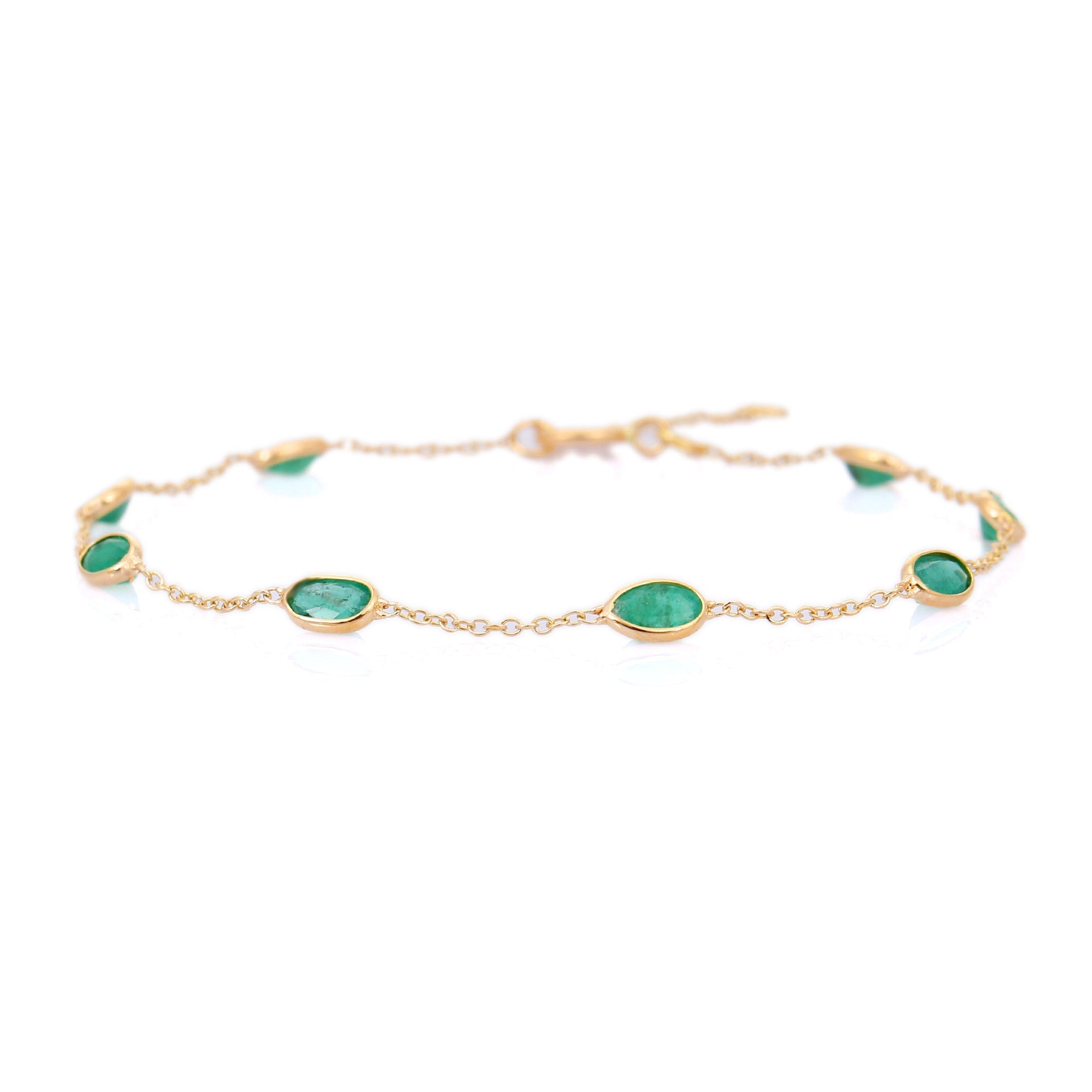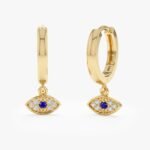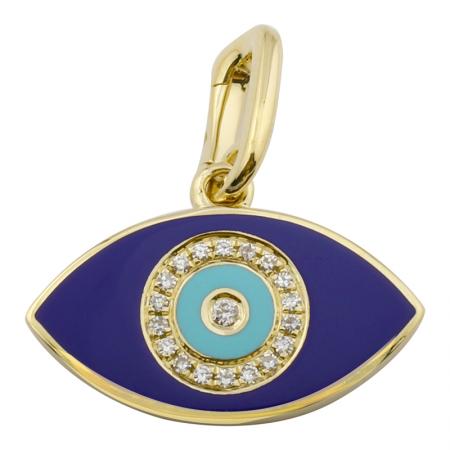Why 1-Carat Isn’t the Sweet Spot in the US Anymore: 0.90 vs 1.00 vs 1.10

Intro: The 1.00-carat diamond used to be the unquestioned “sweet spot” in the U.S.—the symbolic milestone that told the world you’d arrived. That’s changing. Pricing, consumer behavior, lab-grown supply, and smarter setting choices mean 0.90 ct and 1.10 ct stones are suddenly more attractive in different ways. Below I explain, in practical terms, why a 1.00-carat center no longer guarantees the best value or look, and how to choose between 0.90, 1.00, and 1.10 based on size, price, and resale considerations.
Why the 1.00-carat premium exists — and why it matters less now
Diamond pricing has psychological and structural drivers. Retailers and wholesalers treat 1.00 ct as a benchmark. Many buyers search by “1 carat,” so stones that hit that exact mark carry a visible premium. That premium comes from demand, not raw cost of materials. Labs measure to the hundredth of a carat (100 points = 1.00 ct), so a 0.98 ct and a 1.00 ct are different on paper even if they look almost identical.
Why that matters today: supply and buyer knowledge are shifting. Lab-grown diamonds have increased availability at lower price points, cutting into demand-driven premiums. Also, consumers and jewelers are more willing to optimize color/clarity/cut or use settings to boost apparent size rather than pay the 1.00 premium. The result: the 1.00 point is no longer an automatic best buy.
Size: what your eye actually sees (mm matters more than carats)
Carat measures weight, not diameter. For round brilliants the typical diameter ranges are:
- 0.90 ct: roughly 6.0–6.2 mm
- 1.00 ct: roughly 6.4–6.5 mm
- 1.10 ct: roughly 6.6–6.8 mm
That means going from 0.90 to 1.00 adds only about 0.2–0.5 mm in diameter. Going from 1.00 to 1.10 adds a smaller 0.1–0.3 mm. The human eye notices diameter more than fractional weight. So a well-cut 0.90 ct can look nearly as large as a mediocre 1.00 ct. Conversely, if you want visible, on-the-finger presence, a 1.10 offers a small but noticeable boost in spread.
Price behavior: the real numbers (how premiums play out)
Expect a meaningful premium at the 1.00 level. As a rule of thumb:
- A 1.00 ct diamond can cost roughly 10–25% more than a comparable 0.90 ct of the same color, clarity, and cut. Why? Retailers price to consumer search habits and inventory tiers.
- A 1.10 ct can cost another 5–15% above 1.00, depending on supply and how common that exact weight is in your market.
These ranges vary by certification, origin (natural vs lab-grown), and market month. The point: the biggest markup often happens at the 1.00 mark, so you’re paying not just for additional weight but for a milestone.
Quality vs. weight: where to put your money
Cut>Carat in terms of visual impact. A well-cut 0.90 ct with ideal proportions will sparkle more and look larger face-up than a deep, poorly-cut 1.00 ct. You get more brilliance per dollar by prioritizing:
- Cut grade: Aim for Ideal/Excellent AGS or GIA proportions when possible. Crown and pavilion angles matter; they control light performance.
- Spread (diameter for weight): Two diamonds at the same weight can have different diameters based on depth percentage. A shallower cut yields more spread and bigger face-up size.
- Color and clarity trade-offs: You can move down one color or clarity grade on a 0.90 and still get better visual value than a lower-quality 1.00.
Settings change the story
Settings influence perceived size more than many buyers realize. Practical effects:
- Halo settings: Add 0.2–0.6 mm of perceived diameter visually. A 0.90 ct in a halo often reads like a 1.00 in a solitaire.
- Thin bands: Make the center appear larger. A 1.10 on a slim 1.5–2 mm band looks notably bigger than the same stone on a wide band.
- Bezel settings: protect the stone but generally make it look smaller.
So if you want presence without the 1.00 premium, choose a 0.90 in an enhancing setting.
Resale and liquidity: the paradox
On resale or trade-in, a 1.00 ct can have an advantage because buyers and stores search by that milestone. That makes 1.00 easier to show and compare. However, remember the buy-sell spread: you pay a premium to buy a 1.00, but resale values don’t recoup that full premium. In other words, the liquidity advantage exists, but it doesn’t eliminate the higher purchase markup.
Natural vs. lab-grown: different math
Lab-grown diamonds compress price differences. A lab-grown 1.00 may carry a smaller premium relative to 0.90 than a natural 1.00, because lab supply is heavier and retailers price by market competitiveness. That makes lab-grown 1.10s more attainable if you want visible size without paying the higher natural-diamond premiums. But resale markets for lab-grown stones are still immature compared to natural diamonds.
Practical buying rules: pick what’s right for you
- Choose 0.90 ct if: You want the best sparkle for the dollar. Buy a top cut, and consider a halo or thin band if you want extra presence. You’ll probably save 10–25% versus a 1.00 on the same specs.
- Choose 1.00 ct if: The milestone matters to you for personal or social reasons, or you expect to resell and want the searchability advantage. Prioritize cut quality first—an excellent-cut 1.00 beats a poor-cut larger stone.
- Choose 1.10 ct if: You want a noticeable jump in face-up size and can absorb the added cost. This makes sense if you prefer solitaire looks and want a slightly larger diameter without toyed-with settings.
Final checklist before you buy
- Get a current certificate (GIA or AGS preferred) showing carat to the hundredth and full grading.
- Compare actual diameters (mm) and depth percentage, not just carat weight.
- Prioritize cut grade and light performance over tiny carat differences.
- Consider a halo or thin band if you want more apparent size on a smaller budget.
- Decide whether resale liquidity or initial visual impact is more important to you.
Bottom line: 1.00 ct is still an important milestone, but it is no longer the default “best value” in the U.S. A smart buyer can often get equal or better visual impact and overall value at 0.90 ct—or pay more for a truly noticeable jump at 1.10 ct. Focus on millimeter spread, cut quality, and the setting you want. Those choices will determine how the diamond looks and what you actually pay for.




